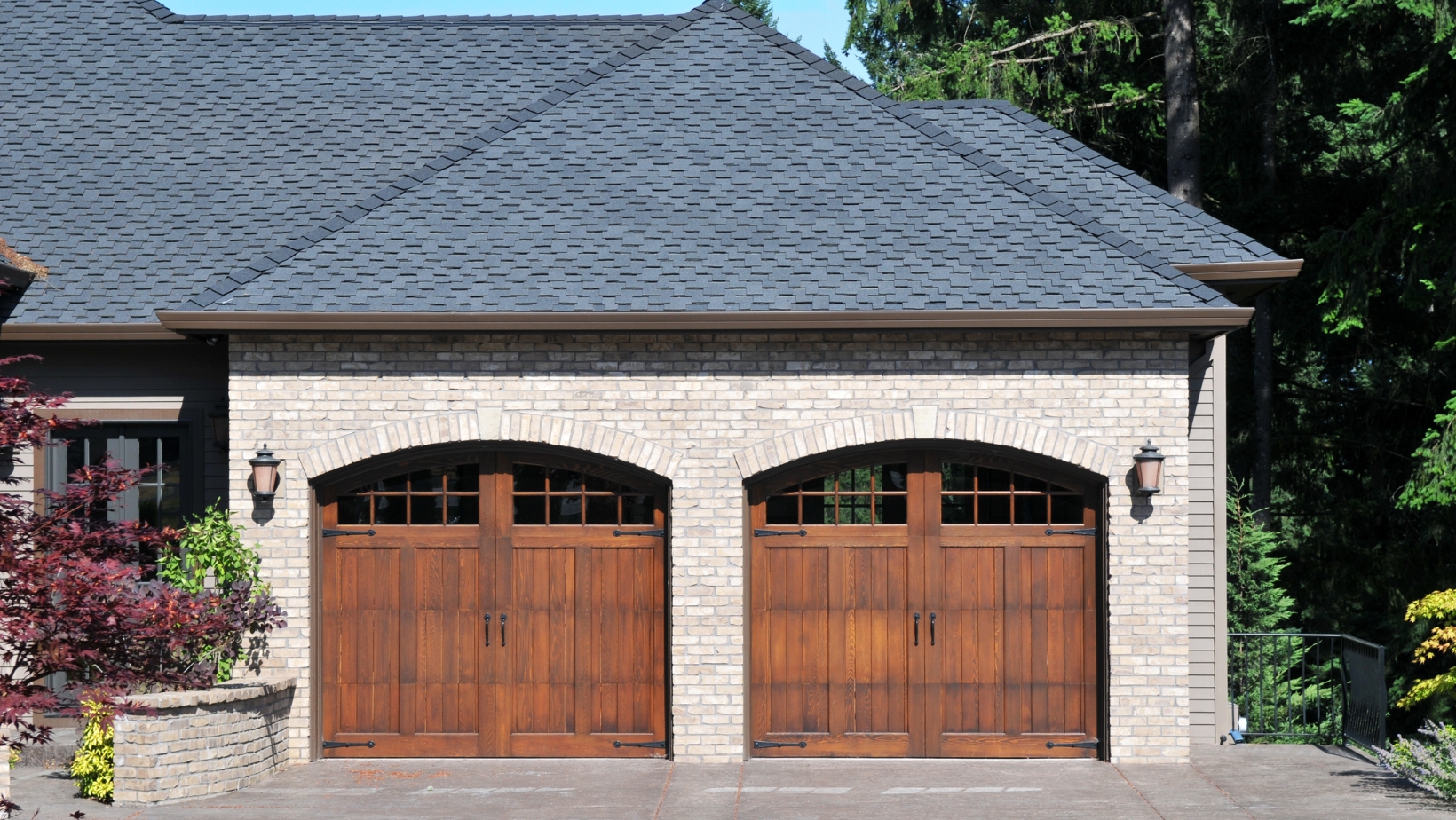Getting the right measurements for a garage door is crucial when it comes to ensuring a proper fit and smooth operation. Whether you’re installing a new garage door or replacing an existing one, knowing how to measure correctly is key. In this article, I’ll walk you through the step-by-step process of measuring for a garage door.
To start, gather your tools: a tape measure, pencil, level, and step ladder. Begin by measuring the width of the opening at its widest point. Take three separate measurements – one at the top, one in the middle, and one at the bottom. Record the smallest measurement as this will be your final width.
Next, move on to measuring the height of the opening. Again, take three separate measurements – one on each side and one in the center. Record the shortest measurement as your final height.
It’s important to note that these measurements may vary slightly due to uneven floors or walls. To ensure accuracy, use a level to check for any irregularities before taking your final measurements.
Table of Contents
ToggleHow to Measure for a Garage Door
When it comes to selecting a garage door, getting the right size is crucial for a seamless installation and optimal functionality. In this section, we’ll delve into the key aspects of measuring your garage opening to ensure you choose the correct size.
Measuring the Width of Your Garage Opening
To determine the width of your garage opening, follow these simple steps:
- Use a tape measure to measure the distance between the left and right sides of the opening.
- Measure in multiple places, including at the top, middle, and bottom.
- Take note of the smallest measurement you obtain.
By taking accurate measurements at different points along with identifying the narrowest width, you can ensure that your new garage door will fit perfectly within your existing framework.
Determining the Height of Your Garage Opening
Next up is determining the height of your garage opening. Follow these steps to get an accurate measurement:
- Using a tape measure, measure from floor to ceiling on both sides of the opening.
- Again, take measurements at multiple locations and record the shortest measurement obtained.
It’s essential to consider any potential obstacles such as light fixtures or tracks that may impede proper clearance when choosing your door’s height.
Considering Additional Space Requirements
In addition to measuring just the width and height, it’s important to factor in any additional space requirements specific to your situation. Here are some considerations:
- Headroom: Measure from where your ceiling starts angling downward toward your garage door opening until you reach a point where there is enough clearance for track installation.
- Sideroom: Measure from each side wall inward towards where you want your tracks installed.
- Backroom: Measure from your garage door opening backward toward any obstructions like walls or shelving units.
Taking into account these additional spatial requirements ensures smooth operation and prevents issues during installation or daily use.

Understanding Wind Load Requirements
When it comes to measuring for a garage door, it’s crucial to consider the wind load requirements. These requirements play a significant role in ensuring the safety and durability of your garage door, especially in areas prone to high winds or severe weather conditions.
Here are a few key points to help you understand wind load requirements:
- Importance of Wind Load: Wind load refers to the force exerted by the wind on a structure, including your garage door. It is measured in pounds per square foot (PSF) and is crucial for determining if your garage door can withstand strong winds without compromising its integrity.
- Local Building Codes: Each region may have specific building codes that outline minimum wind load requirements for garage doors. These codes are established based on factors such as geographical location, prevailing wind speeds, and historical weather patterns. It’s important to check with your local building department or consult a professional installer who is familiar with these regulations.
- Factors Affecting Wind Load: Several factors influence the wind load requirements for your garage door:
- Exposure Category: The exposure category determines how exposed your property is to direct winds coming from different directions.
- Design Pressure Rating: This rating indicates the maximum amount of pressure a garage door can handle before it fails.
- Size and Construction: Larger doors or those made of lightweight materials may require additional reinforcement or higher design pressure ratings.
Remember that properly meeting wind load requirements not only ensures the safety of your property but also helps prevent costly damage from strong winds or storms.
Understanding wind load requirements when measuring for a garage door is essential for selecting an appropriate product that can withstand local weather conditions. Consulting with professionals and adhering to local building codes will help you make an informed decision and ensure the long-term reliability of your garage door.





